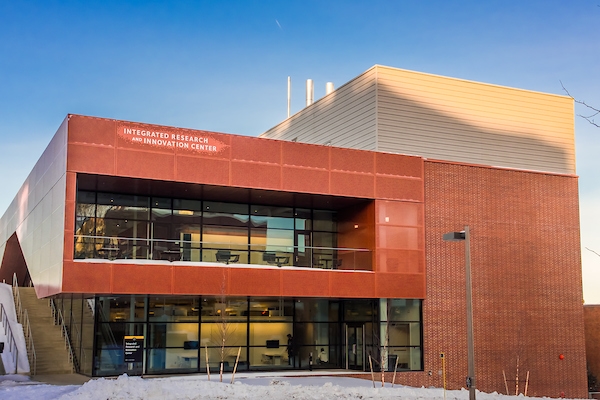Brainstorming a Modeler’s Workshop
Come to the CMCI Brown Bag Lunch: Brainstorming a Modeler’s Workshop Monday, April 1612:30 – 1:30 p.m.Collaboratorium, IRIC 352 The CMCI hosts a 1-2 day modeler’s workshop during the fall of each year. And it’s time to plan for 2018! What topics do you want covered? What have you loved about past workshops? What do you want…






